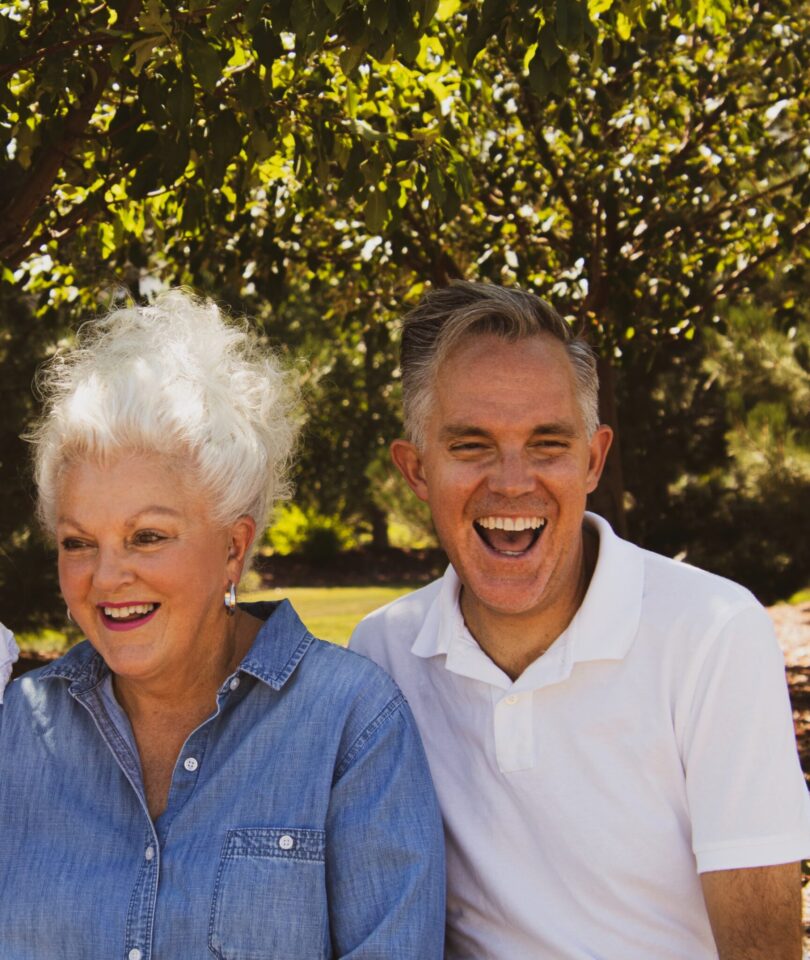Marketers target the youngest generation in order to capture spending by those early in their careers, starting families, buying their first home and generally seen as having the most disposable income. With a focus largely on the millennial generation, marketers are missing a huge opportunity with older consumers.
In addition, employers should recognize the value older employees provide in the workplace in helping to best serve the wants and needs of people over the age of 60.
In a new book 2030: How Today’s Biggest Trends Will Collide and Reshape the Future of Everything, author Mauro F. Guillén presents a compelling case for thinking differently about older consumers both today and ten years from now. Consider the following:
- Currently, 12,000 Americans turning 60 every day; in 2030, those 60 or older will represent more than a quarter of the US population.
- According to the Economist magazine the “older consumer will reshape the business landscape,” and Boston Consulting Group estimates that only one in seven companies are currently prepared for the growing spending power of this gray market.
- Durable consumer goods such as appliances, tools and cars should assure older consumers that these products are geared to their needs, including that they are easy to use, provide legible instructions and controls, and offer leasing options.
- According to AARP, a majority of seniors are optimistic about their overall quality of life, including financial well-being, mental and physical health, recreation and leisure time, and family life. When people feel optimistic, they tend to spend more.
- Today’s expenditures on healthcare, home care, assisted living and similar service industries will accelerate over the next decade.
Technology certainly plays a part when it comes to aging as the breakthroughs in medicine, nutrition, biotechnology and other fields that help more people enjoy longer and happier lives. “By 2030,” according to Guillén, “the average seventy-year-old will live like today’s average fifty-year-old.”
If companies want to capitalize on this rapidly growing gray market, it’s important they recognize that those over 60—employees as well as customers—cannot be ignored. In fact, organizations should recognize the value employees can bring to serving similar aged consumers. Because they are of the same generation, older employees may be better able to define the feature set, user interface and overall value proposition.
As people live longer lives, the idea of early retirement becomes less attractive—either due to it not being financially viable or because people like working and want to continue being productive as long as it is enjoyable.
Older employees can bring experience and wisdom to complement the expected new ideas and tech savvy of younger people. And employees in their sixties and beyond can often provide stability, predictability and reliability other generations cannot. This is something HR departments should take into account when looking for job candidates.
These older workers are not going to be the best fit for every position. Recognizing those individuals who are will be vital in order to take advantage of this growing gray market. Similar aged employees will best be able to understand and meet the needs of such older customers. That makes good business sense now and in the coming decade.

